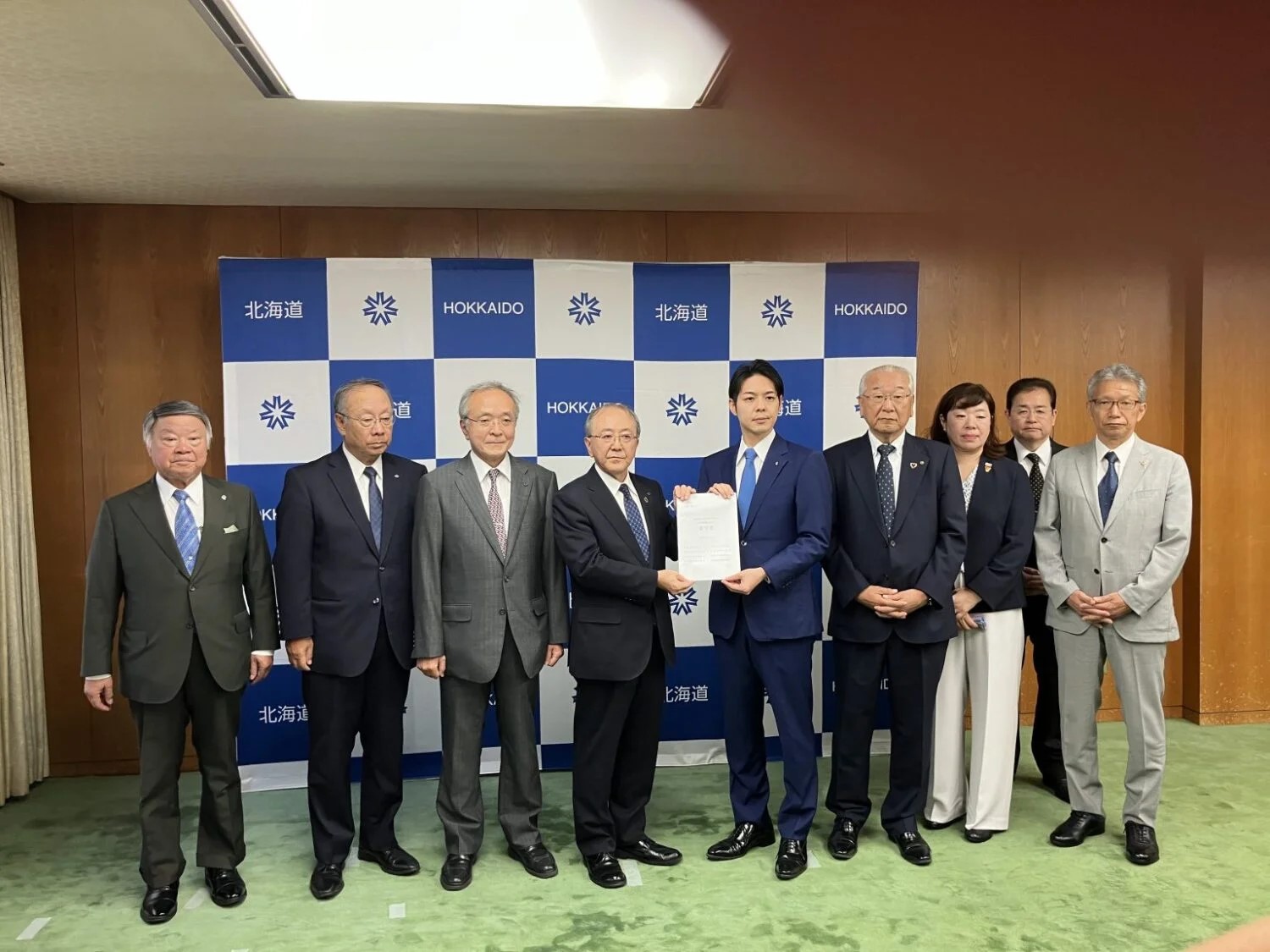In making the decision now, TEPCO said it would face the challenges with all sincerity–as it is doing at the Fukushima Daiichi NPPs–so as to ensure peace of mind for the people in the region. It basic principles and objectives, it said, would be: (1) securing adequate human resources (including for Fukushima Daiichi), (2) enabling safe decommissioning, and (3) contributing to industrial development in the region.
In ordinary circumstances, TEPCO would expect the decommissioning of such units to take about 30 years. In this case, however, given that the decommissioning of Fukushima Daiichi will continue simultaneously, it expects to require more than forty years to complete the decommissioning of all four units at Fukushima Daini.
In the process, the power company intends to construct facilities for dry-cask interim storage of the approximately 10,000 fuel assemblies now at the Daini site, carry out a planned removal of those assemblies from the spent fuel pools, and attempt to remove all spent fuel from the prefecture as early as possible, by the end of the decommissioning.
Unit 1 at the Fukushima Daini began commercial operation in 1982, and all four units were in service by 1987. All units subsequently shut down after the giant earthquake that struck eastern Japan on March 11, 2011. When that occurred, then Site Director Naohiro Masuda (currently president of Japan Nuclear Fuel Ltd.) led the successful effort to bring the situation under control.
At a regular press conference on July 31, Chairman Toyoshi Fuketa of the Nuclear Regulation Authority of Japan (NRA) pointed out that decommissioning of the four reactors was“quite a major project,” and said that the NRA would “keep careful watch” so that it would not affect decommissioning work at the Fukushima Daiichi NPPs.
Looking back on the situation at the time of the earthquake, he said that “preparedness at Fukushima Daini was not necessarily sufficient,” and that “if proper instructions had not been given at the site, the situation would have been more serious.” As a lesson from the accident, he stressed the importance of leadership in emergencies.













-049.jpg)
.jpg)







